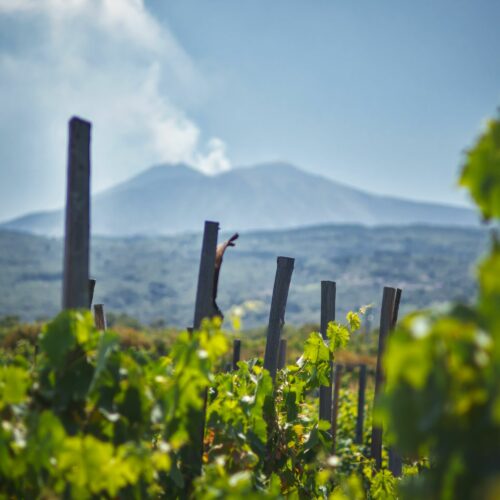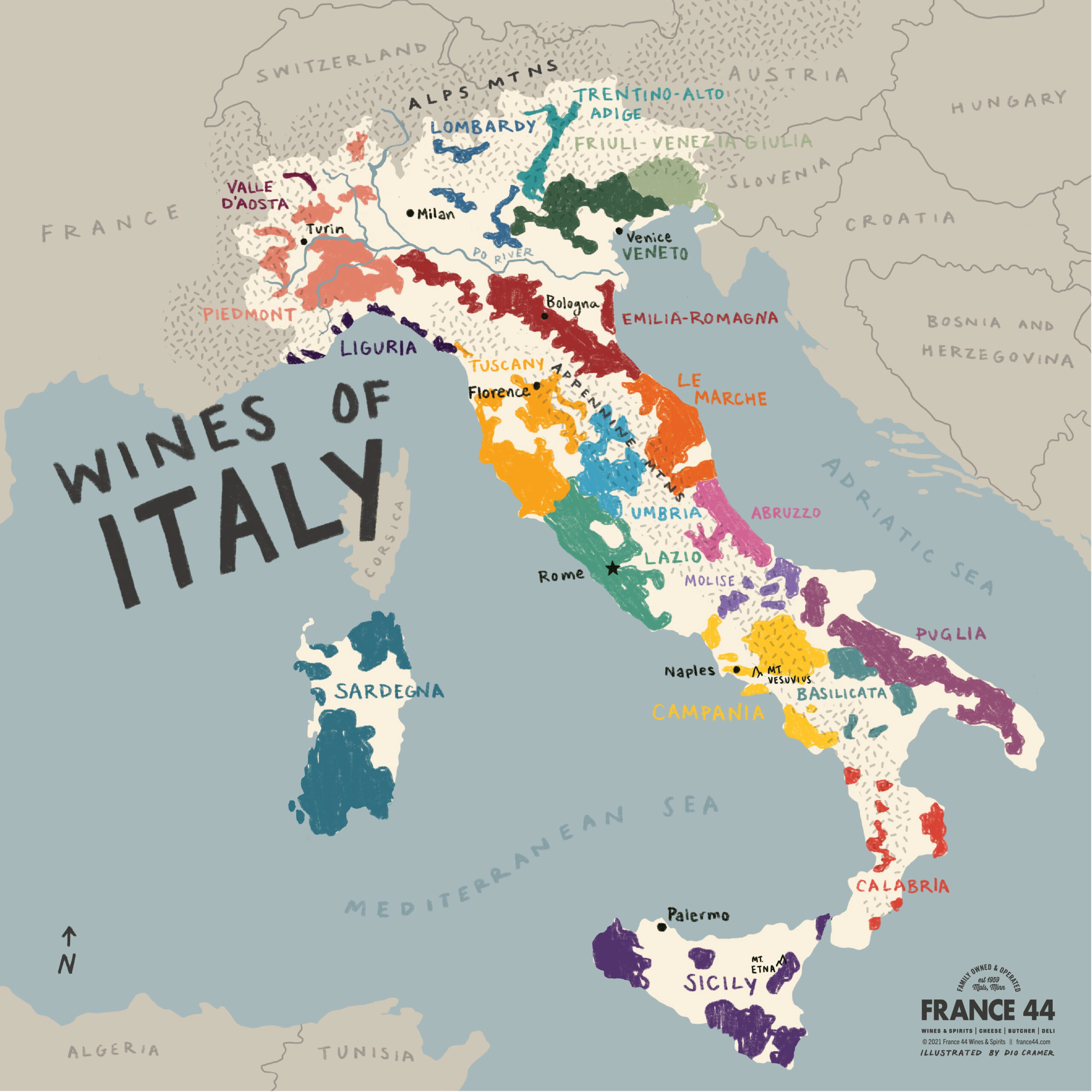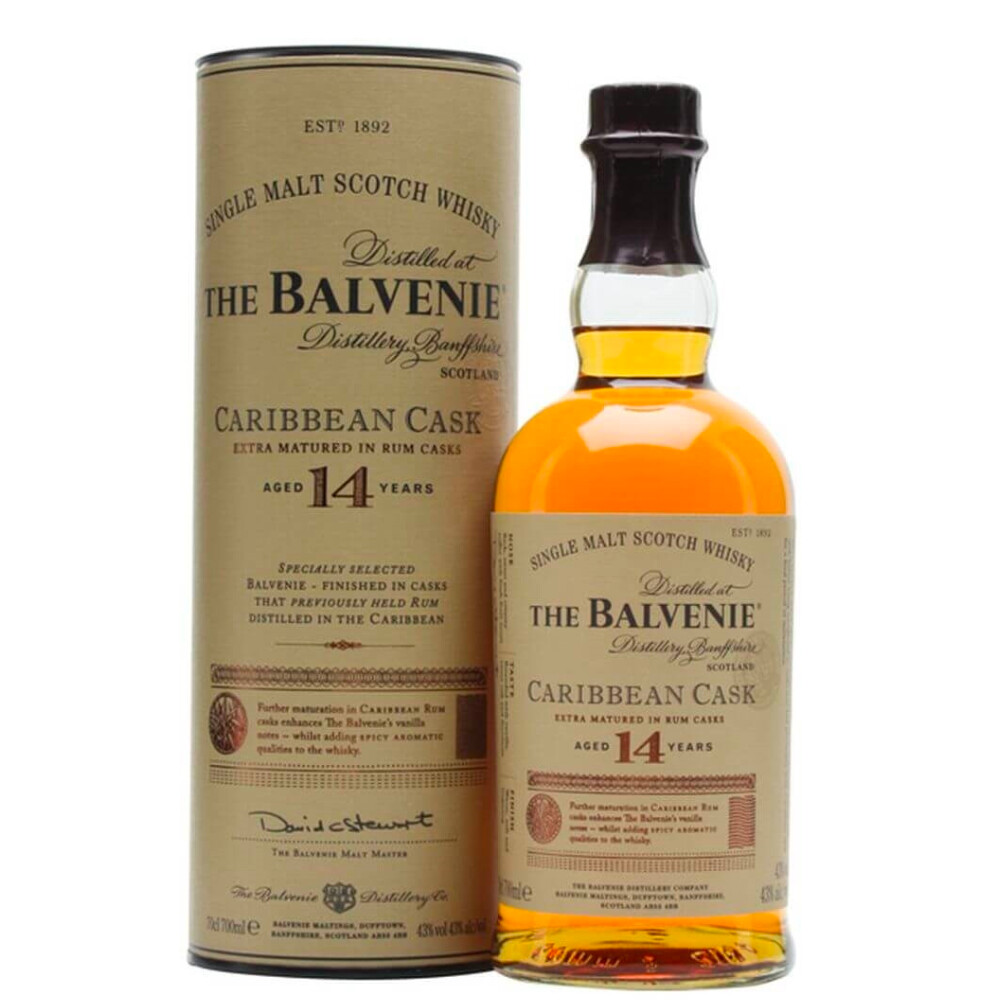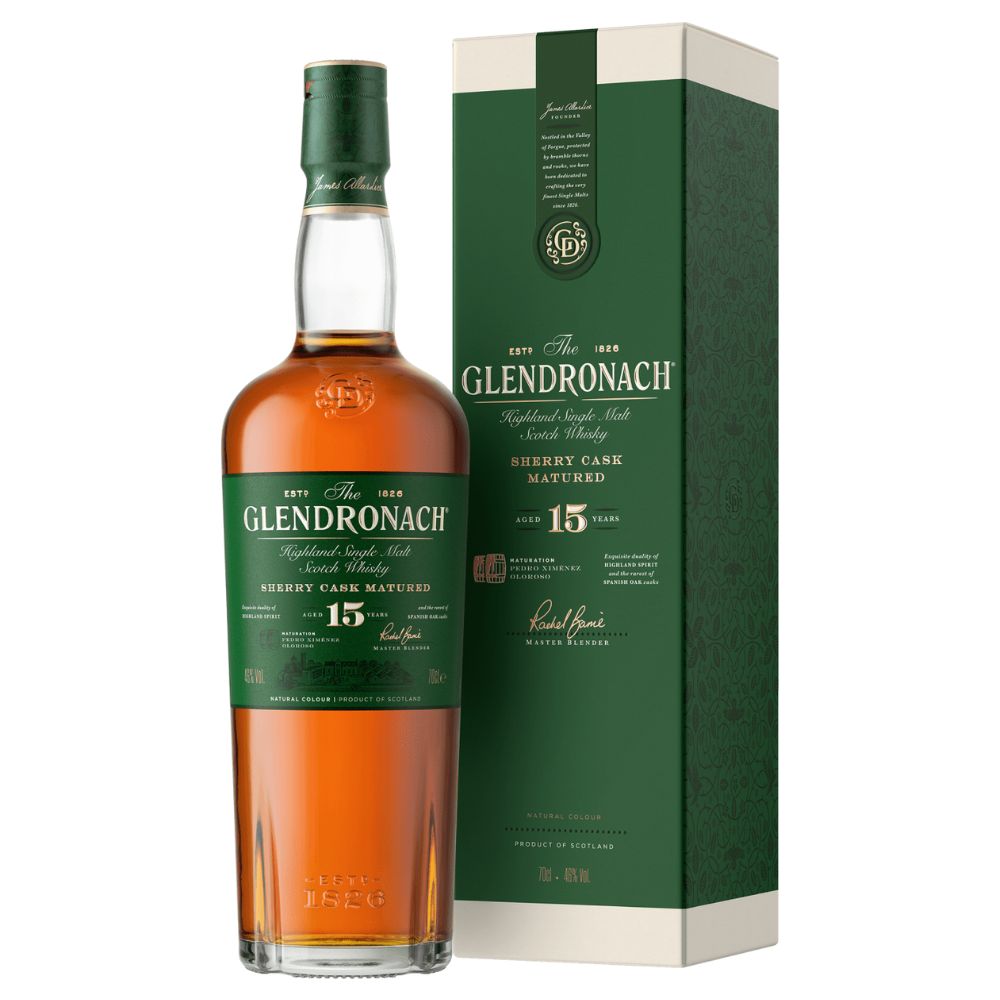When you think of Italian wine, no doubt your mind goes to Tuscany and Piedmont. But further south—in Puglia, Sicily, Campania—winemaking traditions date back over 3,000 years.
Though made in the warmest, most tropical Mediterranean regions of Italy, these bold, full bodied wines are perfect for warming up cold winter nights—and there’s so much more to them than meets the eye.
Tradition & Fire
The vineyards of Southern Italy date back to Etruscan times, predating the Roman Empire. Many of the country’s first vineyards were established in its sunny south.
But it’s not just history that makes this area special—it’s also the land itself. Some of Italy’s most unique wines come from the volcanic soils of Mt. Etna and Mt. Vesuvius. These rich soils give the wines a vibrancy and complexity, with distinct smokiness and minerality—expressing their terroir like no other. And there’s nothing quite like living on the edge of an active volcano to keep these winemakers on their toes.
A Winemaking Renaissance
Not long ago, Southern Italy had a reputation for producing simple, cheap, bulk wines. But in the past couple decades, independent wineries have reclaimed their heritage. Today, winemakers in the south place a huge emphasis on native varietals like Primitivo and Nero D’Avola, and on organic and natural winemaking practices.
This return to tradition has elevated the quality of these wines and brought a new wave of exceptional bottles at a surprisingly approachable price.

So, Why Should You Care?
Southern Italy offers something rare in wine world: incredible quality at affordable prices. These wines bring together history, terroir, and bold flavors at a fraction of what you’d pay for wines from better-known regions.
We’ll have a selection of our favorites (see below) on our tasting bar this Saturday (1/25) afternoon from 1-6pm, stop in and try them for yourself!

Bacaro Grillo 2020 – Sicily
A fresh, light white wine with nutty, fruit driven flavors that include lemon and apple. Hint of citrus intermingle with crisp acidity in a bright, refreshing experience.

Surrau Limizzani Vermentino di Gallura 2023 – Sardinia
Fragrant and savory, this lovely white hits all the right buttons. It opens with heady aromas of elderflower, peach and Mediterranean scrub while the dry, refreshing palate doles out apricot, Meyer lemon, tang and saline. Crisp acidity gives it a bright and clean finish.

Di Majo Norante Sangiovese Terre degli Osci 2021 – Molise
This Sangiovese exhibits a fresh bouquet of violets, woodland berries, spices and leather. Deliciously smooth, plush and juicy on the palate with loads of ripe fruit.

Luccarelli Primitivo 2023 – Puglia
This Primitivo (Zinfandel) comes from 15- & 30-year-old vines grown in southern Italy. It is a full-bodied wine with aromas of black plum, blackberry, and baking spices. Flavors of black cherry, dark chocolate, and toasted cinnamon balance the well-integrated tannin.

Michele Alois Campole Aglianico 2021 – Campagna
A rustic Aglianico with grip. Roughened chewy flavors of dark plums and wild herbs combine with food-welcoming acidity. A dust-laden finish commands the palate, making this ideal for fans of Italian country wine. Perfect for hearty pastas with fresh ricotta and pizza topped with gamey meats.

Ostinato Marsala Dolce Fine Ambra – Sicily
It begins with its ‘alto grado’ base wine, from late-harvest, low-yielding Grillo, Inzolia and Catarratto old vines. Its higher natural ABV means the wine is less reliant on fortification and is more expressive of Marsala’s indelible terroir. Extended aging beyond the minimum Fine requirements produce a Marsala that resonates with deep vinous character.





